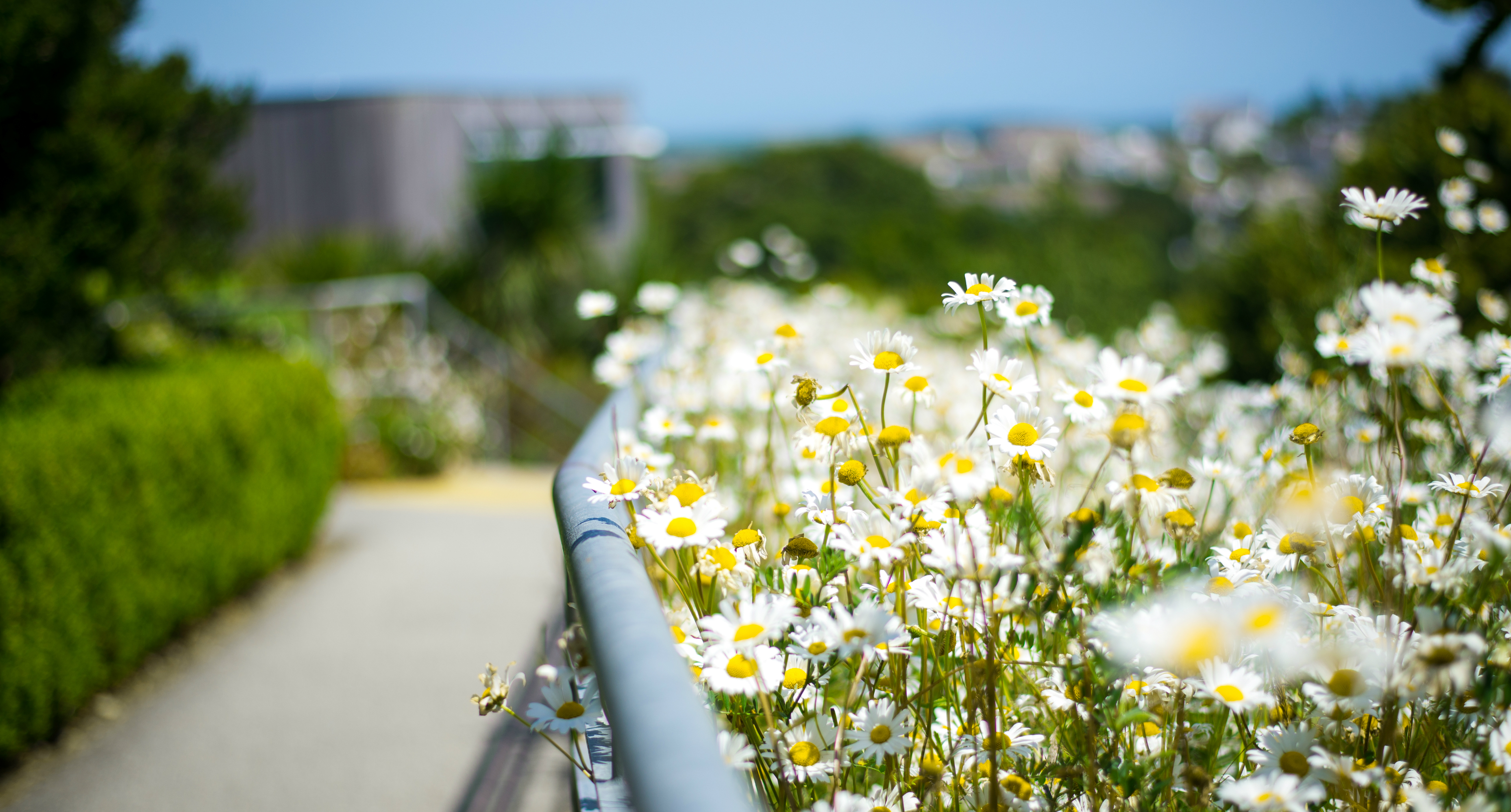Bringing nature into Cornish towns
Bringing nature into Cornish towns
Bringing nature into Cornish towns
Researchers at the ESI have been working closely with Cornwall Council on the Green Infrastructure for Growth project and now the Making Space for Nature project (Green Infrastructure for Growth 2), both part funded by the European Regional Development Fund.
The projects aim to bring more wildlife to the ‘green deserts’ of small urban public open spaces at the same time as improving them for local communities. Green infrastructure such as trees and plants can bring benefits such as reduced heat in summer, reduced flooding, reduced air pollution and benefits wildlife as well as people’s mental and physical health.
So far 40 hectares of urban green space have been improved for both biodiversity and people – urban wildflower patches and pollinator friendly shrubs have been added to provide colour and interest for people, as well as increasing the resources available for bees and other pollinators. Existing habitats such as hedges and scattered trees have been improved to increase the size and connectivity of wooded habitats.
People have been catered for by adding benches, paths and natural features for people and especially children to engage with. Local communities have been involved from the start, in understanding the planned interventions and then invited to participate in spruce up days and bulb planting.
Working with the University has added a scientific robustness to the work we’ve undertaken across the seven Cornish towns. It’s been really useful to understand the impact of biodiversity enhancements on both people and wildlife and have the rigour of the University’s ecological expertise to guide us along the way.
Karen Hall, Project Officer, Cornwall Council.
The University of Exeter team have been closely involved in measuring the impacts of the interventions on both wildlife and on people.
Dr. Rosalind Shaw, the Impact Fellow who works on the project with Cornwall Council and a team of UoE academics led by Professor Juliet Osborne says, "It’s really exciting to see real world changes in the value of habitats for wildlife in areas and communities that have previously been somewhat overlooked and neglected.” The team have worked on public open spaces, closed churchyards and cemeteries and sports fields and are keen to inspire others to follow suit.
Case studies of some of the sites improved for wildlife and for people can be downloaded here -
- Open Space – Knight’s Way Field, Redruth
- Open Space – Treveglos Meadow, Hayle
- Sports field – Warfelton Field, Saltash
- Closed Churchyard – St Mary’s Churchyard, Penzance
The team plan to publish guidance on wildflower patches in urban areas coming soon. For more information on past and current projects please see www.cornwall.gov.uk/GI4G and www.cornwall.gov.uk/spacefornature.

